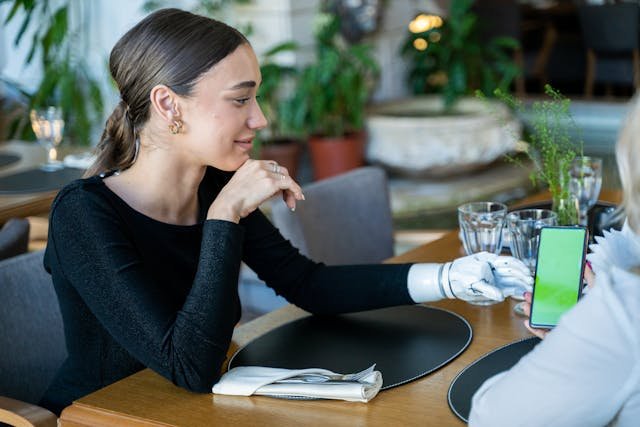Movies, TV shows, and advertisements play a big role in shaping how society views people with limb loss and prosthetic users. Whether it’s a soldier with a high-tech bionic limb, an athlete overcoming adversity, or a character struggling with mobility, the way prosthetic limbs are shown in media influences public perception, social attitudes, and even the self-confidence of amputees themselves.
When prosthetic portrayals are realistic and respectful, they help normalize disability, break stereotypes, and encourage better inclusion. But when media relies on exaggeration, misinformation, or outdated tropes, it can create harmful misconceptions that affect real-life interactions, accessibility, and even medical advancements.
This article explores why accurate prosthetic portrayals in media matter, the common mistakes filmmakers make, and how the industry can do better.
The Power of Media in Shaping Public Perception
Most people have limited real-life exposure to amputees and prosthetic users. Their understanding often comes from what they see on TV, in movies, or online. If media only presents extreme, unrealistic, or outdated versions of prosthetic limbs, the general public may develop false beliefs about what amputees can or cannot do.
How Media Influences What People Think About Prosthetics
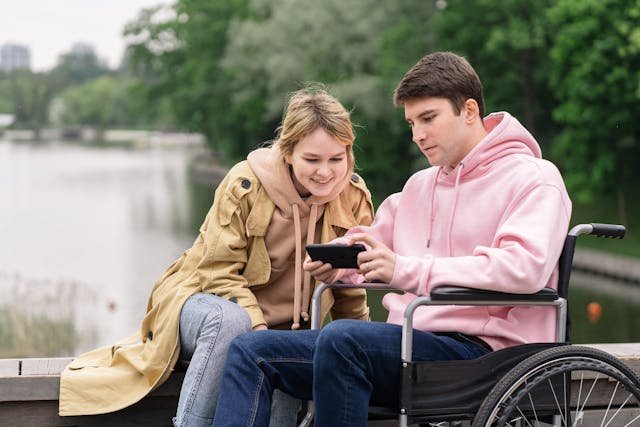
For example, some movies show prosthetic limbs giving people superhuman abilities, making it seem like amputees have unnatural strength, speed, or precision. While prosthetic technology is advancing rapidly, most devices today still require significant training, adaptation, and effort to use effectively. These exaggerated portrayals can lead to unrealistic expectations when interacting with real prosthetic users.
Accurate media representation helps educate people about the reality of limb loss, showing that prosthetic users are just as capable as anyone else, but their challenges and experiences should be understood and respected rather than sensationalized.
The Impact on Amputees’ Self-Image and Confidence
For amputees, seeing realistic and empowering prosthetic portrayals can be a source of inspiration and validation. When media presents prosthetic users as strong, independent, and fully integrated into society, it helps amputees feel seen and valued.
On the other hand, if prosthetic users are only shown as tragic figures, victims, or objects of pity, it can reinforce feelings of exclusion or inferiority. Negative media portrayals can make some amputees feel that they will never be accepted as “normal” or capable members of society.
By ensuring that prosthetic portrayals are accurate and respectful, the media can help amputees build self-confidence, embrace their identity, and feel empowered to pursue their goals without fear of judgment or discrimination.
Influencing Policy, Accessibility, and Public Support
Media portrayals don’t just influence individual attitudes—they also shape government policies, workplace inclusion, and accessibility laws. When prosthetic users are depicted as capable professionals, athletes, or innovators, it encourages employers, policymakers, and educators to create more inclusive environments.
However, if media continues to show prosthetic users as dependent, helpless, or limited, it can discourage investment in accessibility improvements, workplace accommodations, and prosthetic research funding. By highlighting real-life amputees and their achievements, media can help push for positive change and better support systems for prosthetic users.
Common Mistakes in Prosthetic Portrayals
One of the most common misrepresentations in media is the “superhuman amputee” trope. Movies like Kingsman: The Secret Service and Elysium feature characters with prosthetic limbs that give them superhuman strength, agility, or weaponized abilities.
The “Superhuman” Trope: Unrealistic Abilities

While these portrayals may be entertaining in science fiction, they create false expectations about what prosthetic technology can actually do. Many people assume that real prosthetic limbs function just like natural limbs, or even better, when in reality, they require training, maintenance, and adjustments.
Exaggerated prosthetic portrayals can make real amputees feel misunderstood, as people may overestimate their abilities or assume that prosthetic technology can instantly solve all mobility challenges. Media should focus on showcasing real advancements in prosthetic design while acknowledging the physical and emotional adaptation process that comes with using one.
The “Tragic Figure” Narrative: Pity Over Empowerment
Another common issue is the overuse of tragic or victimized amputee characters. Many movies depict limb loss as the worst possible fate, often using prosthetic users as symbols of suffering, loss, or hopelessness.
While adjusting to life with a prosthetic limb can be challenging, many amputees live happy, successful, and independent lives. Constantly portraying prosthetic users as helpless or broken reinforces negative stereotypes and prevents true understanding of the diverse experiences of amputees.
Instead of focusing solely on pain and struggle, media should highlight the resilience, adaptability, and achievements of amputees, showing that they are more than their disability.
Lack of Disabled Actors in Prosthetic Roles
Perhaps the most frustrating misstep in prosthetic portrayals is casting able-bodied actors to play amputee roles. Time and time again, major films cast non-disabled actors in roles that could have been an opportunity for a real amputee actor.
By not hiring disabled performers, filmmakers miss the chance to bring authentic lived experiences to the screen. Many amputee actors could provide unique insights, natural movement patterns, and personal emotions that a non-disabled actor simply cannot replicate.
The best way to ensure accurate prosthetic representation is to cast real prosthetic users in roles that reflect their experiences. This helps create authentic, meaningful storytelling while providing better representation for the disabled community.
How Media Can Improve Prosthetic Representation
One of the most important ways media can improve prosthetic representation is by telling a variety of stories that reflect real amputee experiences. Not every story about limb loss needs to be about tragedy, military service, or sports—prosthetic users should be portrayed as regular people with jobs, relationships, and hobbies.
Tell Diverse and Realistic Stories
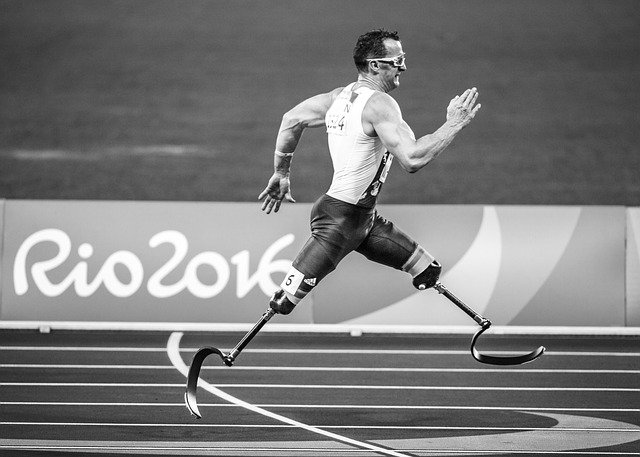
Some of the best portrayals are those that normalize disability, showing amputees as doctors, teachers, parents, and entrepreneurs, rather than simply defining them by their limb loss. The more diverse the stories, the more society will understand that disability is just one aspect of a person’s identity.
Consult Prosthetic Users and Experts
Filmmakers, writers, and directors must make a greater effort to consult real prosthetic users, prosthetists, and disability advocates when creating stories about limb loss. These experts can help:
- Ensure prosthetic designs in films are realistic.
- Provide insight into the daily life of prosthetic users.
- Offer guidance on movement, challenges, and real emotions associated with limb loss.
By involving amputees in the creative process, media can create genuine, respectful, and accurate portrayals that avoid common mistakes and stereotypes.
Cast Amputees in Lead Roles
Perhaps the most effective way to improve prosthetic representation is to hire real amputees in movies, TV shows, and commercials. Representation matters, and giving amputee actors opportunities ensures that stories are told with authenticity and heart.
Hollywood is slowly making progress, with films like A Different Man casting Adam Pearson, an actor with facial disfigurement, and CODA featuring deaf actors in leading roles. The next step is to ensure that prosthetic users have the same opportunities to bring their own stories to life.
Encouraging Realistic and Responsible Storytelling
In many films, prosthetic limbs are either portrayed as superhuman enhancements (as seen in action and sci-fi movies) or outdated, non-functional devices that severely limit movement. The reality is that prosthetic technology exists somewhere in between—modern prosthetics provide greater mobility and function than ever before, but they still require time, effort, and adaptation to use effectively.
Moving Beyond Extreme Depictions of Prosthetics
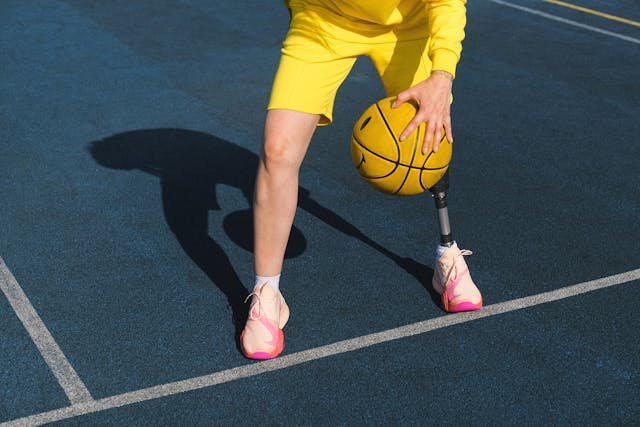
One of the best ways media can improve is by showcasing a variety of prosthetic experiences—from those who use simple mechanical limbs to those with advanced bionic technology. Showing the everyday challenges and triumphs of prosthetic users will help audiences develop a more accurate understanding of what life with a prosthetic is truly like.
A good example of responsible storytelling is the TV series Breaking Bad, which featured RJ Mitte, an actor with cerebral palsy, playing a character with the same condition. Instead of focusing solely on his disability, the show integrated it naturally into his character’s life without making it the central plot. The same approach should be applied to prosthetic users—their disability should be part of their identity but not their entire story.
Exploring the Emotional Journey of Limb Loss Without Overdramatization
Losing a limb is a life-changing event, and many amputees go through a complex emotional process that involves grief, adaptation, and personal growth. While some films touch on this aspect, many either over-dramatize the trauma or skip over the challenges entirely, jumping straight to the amputee mastering their prosthetic limb with no difficulty.
A more accurate portrayal would show:
- The rehabilitation process, including physical therapy, mental adaptation, and learning to use a prosthetic limb.
- The mixed emotions that come with limb loss, including frustration, self-doubt, resilience, and confidence-building.
- The support systems involved, such as family, healthcare providers, and peer networks that help amputees adjust.
By humanizing the prosthetic experience rather than sensationalizing it, films can help reduce stigma, educate audiences, and provide more relatable characters for amputees to see themselves in.
Avoiding the “Miracle Cure” or “Instant Mastery” Myth
Many films show prosthetic users immediately adjusting to their new limbs, performing athletic feats without any training or struggles. In reality, using a prosthetic limb takes time, patience, and practice.
Realistic portrayals should include:
- The trial-and-error process of finding the right prosthetic fit.
- The adjustments required as the residual limb changes over time.
- The mental and emotional perseverance needed to regain function and confidence.
Films like Stronger (2017), which depicted the rehabilitation journey of a double amputee, did a better job of highlighting the recovery and adaptation process, showing that limb loss is not an overnight transformation.
The Role of Hollywood in Breaking Barriers for Disabled Actors
One of the biggest problems in Hollywood is that prosthetic users are rarely cast in roles that represent their own experiences. Instead, able-bodied actors are frequently given these roles, leading to performances that lack the nuance, authenticity, and real-world experience of someone who actually uses a prosthetic limb.
Providing More Opportunities for Amputee Actors
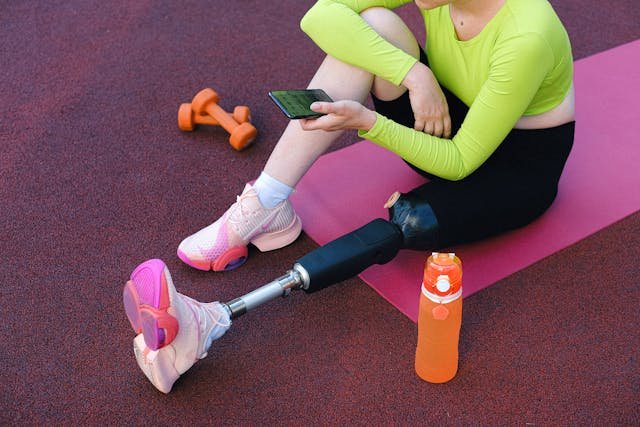
Casting disabled actors benefits both the film industry and the disabled community because:
- It ensures a realistic performance that reflects lived experience.
- It provides career opportunities for amputee actors, who are often underrepresented in Hollywood.
- It sends a message that disabled individuals belong in mainstream media, not just in niche disability-focused projects.
Some progress has been made—movies like A Different Man have cast actors with real disabilities, and TV shows like American Horror Story have featured prosthetic users in lead roles. But there is still a long way to go, and Hollywood must continue to break down the barriers that prevent disabled actors from getting roles.
Challenging Stereotypes Through Inclusive Casting
Hollywood has a responsibility to challenge outdated disability stereotypes by casting prosthetic users in a wide range of roles. Instead of only casting them in “disability-focused” movies, amputee actors should be considered for everyday roles, from doctors and teachers to detectives and superheroes.
For example, in Mad Max: Fury Road, the character Furiosa, played by Charlize Theron, had a prosthetic arm—but the film never made it her defining characteristic. She was simply a strong, capable warrior. This kind of representation helps normalize disability in media rather than making it a special, attention-grabbing feature.
The Audience’s Role in Supporting Better Representation
Audiences have a significant influence on how Hollywood portrays prosthetic users. By supporting films and TV shows that prioritize accurate representation, viewers send a message that realistic and inclusive portrayals matter.
Demanding Authenticity in Media

Viewers can:
- Engage in discussions about the importance of prosthetic representation.
- Support films that hire disabled actors and consult real prosthetic users.
- Challenge inaccurate portrayals on social media to encourage studios to do better.
By making representation a priority, audiences can push Hollywood toward better, more inclusive storytelling.
Encouraging the Use of Disabled Consultants
One of the best ways to improve prosthetic portrayals in media is for filmmakers to consult amputees, prosthetists, and disability advocates. When stories are developed with input from people who live with prosthetics every day, they become more authentic, respectful, and engaging.
TV shows and movies that have worked closely with disabled consultants—like Sound of Metal (which featured real deaf actors and ASL experts)—have gained critical acclaim for their realism and depth. The same approach should be taken for films that portray prosthetic users.
Final Thoughts: The Importance of Accurate Media Representation
The way prosthetic limbs are portrayed in media has real-world consequences. When done right, it normalizes disability, empowers amputees, and educates society. When done poorly, it spreads misinformation, reinforces harmful stereotypes, and creates barriers for real prosthetic users.
At Robobionics, we believe in breaking stereotypes, fostering inclusivity, and pushing for authentic representation. Whether it’s in cinema, advertising, or everyday conversations, accurate prosthetic portrayals help build a world where amputees are respected, understood, and empowered.
It’s time for the media industry to step up, listen to amputees, and get prosthetic representation right—because accurate stories lead to real change.



